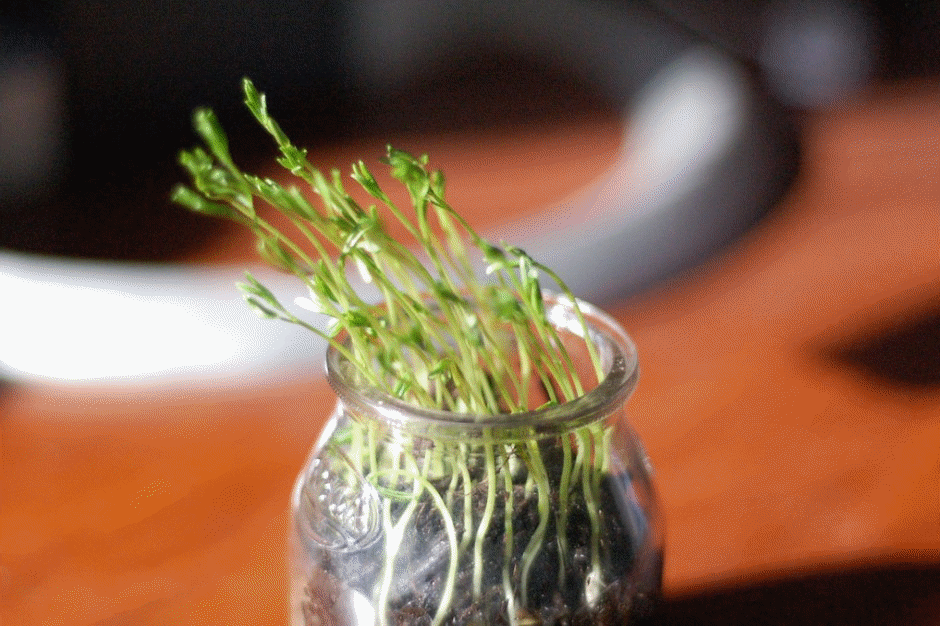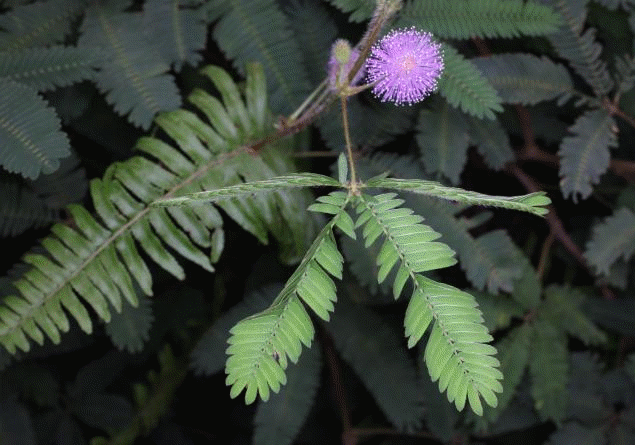 The growth of a shoot toward light is called positive phototropism
The growth of a shoot toward light is called positive phototropism
Tropisms (or tropic movements) : Any growth response that results in curvatures of whole plant organs toward or away from stimuli is called a tropism (from the Greek tropos, turn).
The growth of a shoot toward light is called positive phototropism, whereas growth away from light is negative phototropism.
Types of Tropisms : There are five common stimuli in the environment : light, gravity, chemicals, water and touch (or contact). These five stimuli give us five types of tropisms : phototropism, geotropism, chemotropism, hydrotropism and thigmotropism. In phototropism, the stimulus is light; in gravitropism the stimulus is gravity, in chemotropism the stimulus is a chemical, in hydrotropism the stimulus is water, and in thigmotropism the stimulus is touch (of a solid surface). It is obvious that the tropisms are named according to the stimulus.
 Nastic movement–Folding of the Mimosa leaf when it is disturbed
Nastic movement–Folding of the Mimosa leaf when it is disturbed
Nasties : Plants may respond both to directional and nondirectional stimuli. A response to a directional stimulus, such as gravity or sunlight, is called a tropism. A response to a nondirectional stimulus, such as temperature or humidity, is a nastic movement.
Nastic movements are plant movements that occur in response to environmental stimuli but unlike tropic movements, the direction of the response is not dependent on the direction of the stimulus. Some of the most spectacular plant movements are nastic movements. These include the closing of the carnivorous Venus Flytrap leaf when it captures prey or the folding of the mimosa leaf when it is disturbed. Thigmonastic movements are a type of nastic movements that occur in response to touching or shaking a plant. The non–directional movement of a plant part (usually petals of flowers) in response to light is called photonasty.